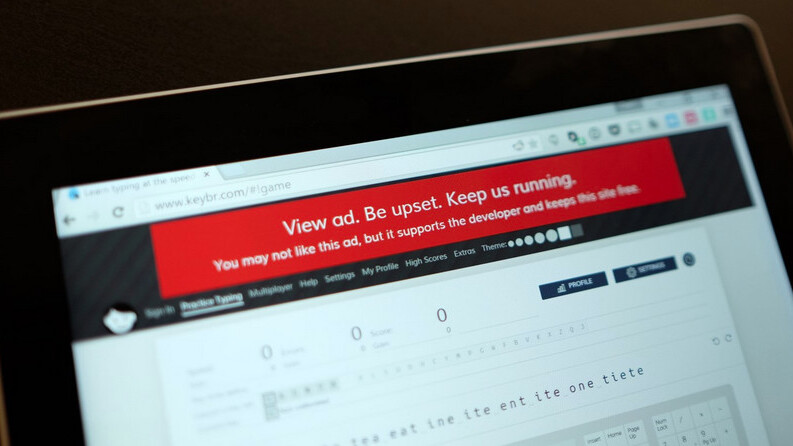
No one really likes ads — and most people can’t stand the noisy, flashy, blinky, autoplay kind that give online advertising a bad name. But, like it or not, ads go a long way to support online publishers and others whose hard work people enjoy free of charge.
No one has figured out a totally fair way to universally let some (non-offensive) ads play and banish other (obnoxious) ones. Nowhere was that more evident than with the agonizing decision by Marco Arment — developer of Peace — who had such a complete change of heart about what his successful iOS 9 adblocker was all about, that he pulled it off the market within days of its release.
It doesn’t come as a great shock that another app, the 99-cent Crystal, rose to the top of the adblocking heap in Peace’s wake. What is somewhat shocking is not that Crystal has variable standards for which apps are hidden and viewed, but that its standards are based on cash payments.
@mcdev It’ll be entirely optional when the feature is available. It’s there for people who want to support pubs with non-intrusive ads.
— Crystal ? (@_CrystalApp) September 24, 2015
According to the Wall Street Journal [pay wall], Crystal has entered into a pact to let some companies’ ads pass through its filters and stay live by default. Developer Dean Murphy told the paper that he plans to accept payments from Eyeo GmbH, makers of desktop browser extension Adblock Plus, to let “acceptable ads” from about 70 companies appear.
Those companies pay Eyeo, and Eyeo pays Murphy a monthly fee. There is no direct contact between the companies and Crystal.
Murphy said that he wants to enable support for publishers, most of whom are dependent on ads for income, and who take an understandably dim view of the whole adblocking enterprise.
Murphy has written a blog post clarifying how his app will work. In it, he states the following:
In my first update (6-10 weeks time?) there will be two new features. A user managed whitelist, where you the user can specify a list of domains that you would like to support and an option to enable/disable Acceptable Ads on the websites you visit. You are totally free to use all/any/none of these features as you see fit.
➤ Apple Propels an Ad-Blocking Cottage Industry [Wall Street Journal]
Get the TNW newsletter
Get the most important tech news in your inbox each week.





